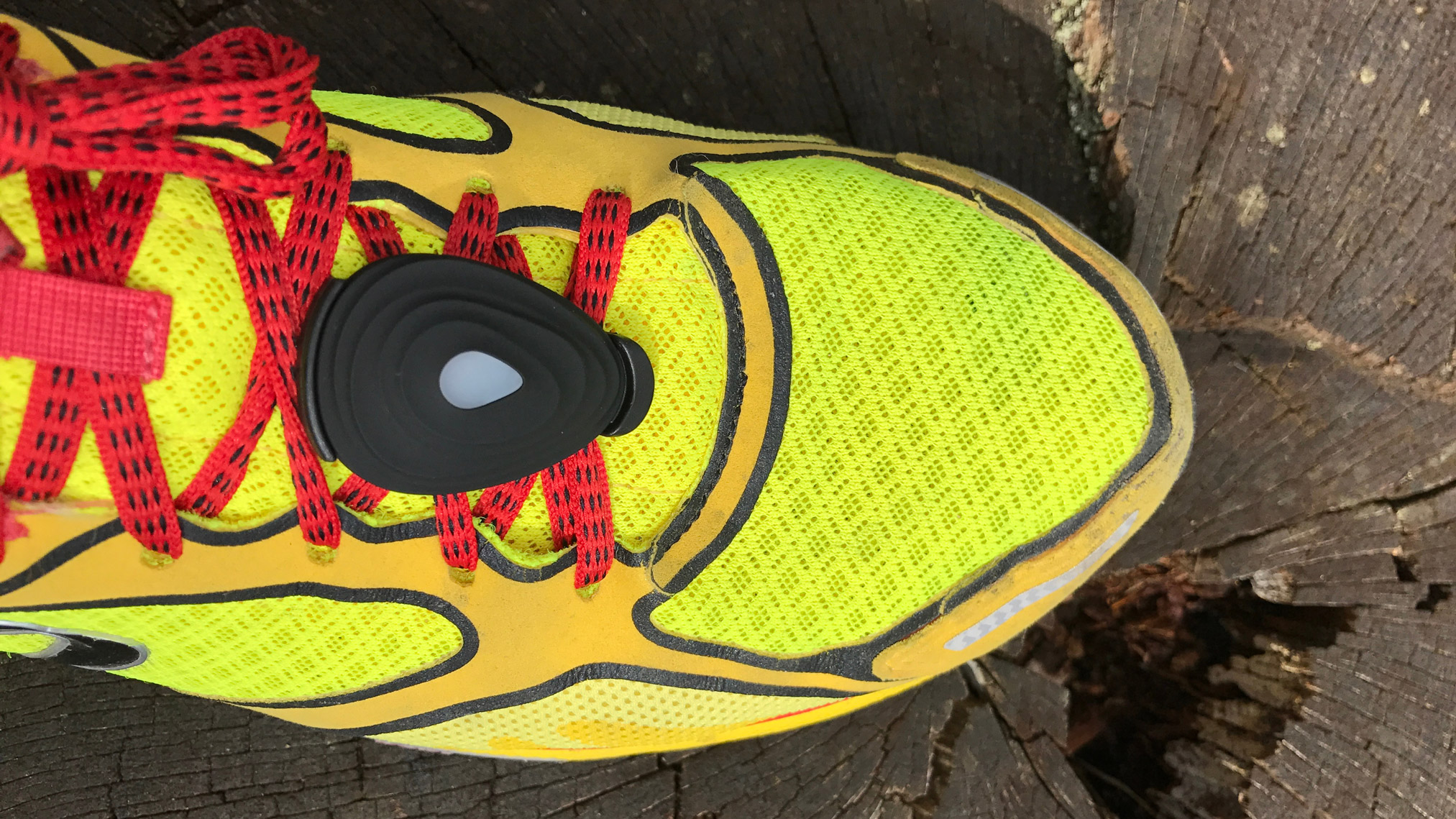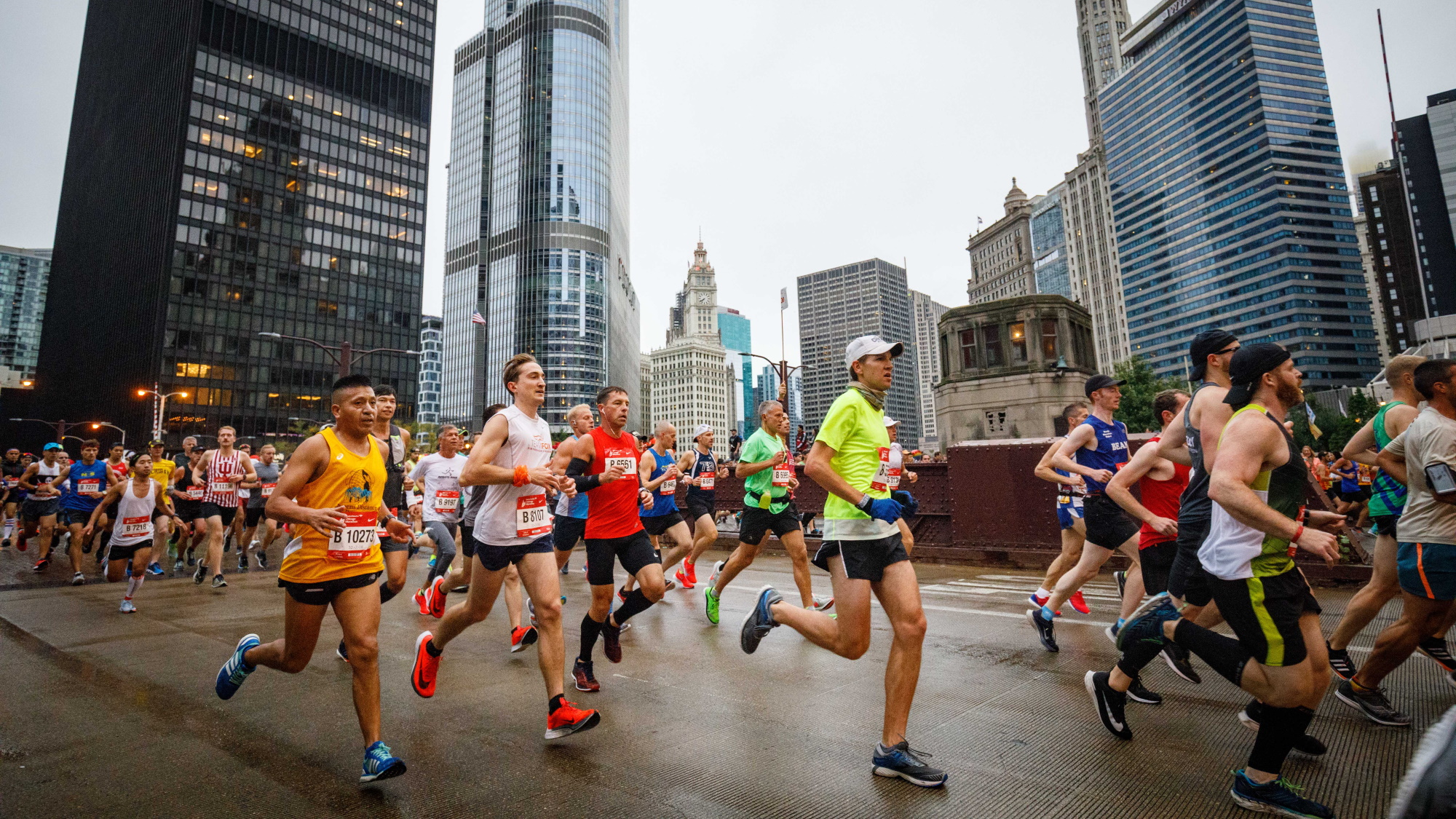The best running gadget you're not using, but should be (according to the experts)
Power meters could be a game changer when running

Runners are well-versed when it comes to running watches and heart rate monitors, but power meters are a piece of tech that very few have heard of. These are wearable pods that attach to shoe laces or clip onto waistbands and record a variety of data including power, stride height, and ground time.
The best running watches and some of the best Apple Watches can record running power on wrist, but power meters are dedicated devices designed to do so with greater accuracy. They are not dissimilar to power meters used in cycling, which measure effort in terms of wattage. But rather than being attached to your bike, in running they are attached to your body or built into a watch.
It is a different, and arguably more objective way, to measure your running output and can enable runners to put in a completely even effort throughout a race.

Brian Corcoran is an England Athletics running coach and head of events at Always Aim Higher sporting events. He is the co-founder of Race Harborough and former triathlon coach at Welland Valley Triathlon Club.
What is running power?
Most runners will train to pace, perceived effort or heart rate and running power is simply another metric, albeit one that is more precise, says England Athletics coach Brian Corcoran.
Power meters like STRYD measure the force you create when running, which is called your “work rate”, and combine this with the speed you are moving at to give a power output in watts.
This wattage can then be used to calculate your power output, and the wattage number you should stick to during a race in order to put in your best performance. It’s a different measurement than speed and time, and one that looks at the effort you’re putting in.
"With STRYD you start by doing a series of tests including short intervals and easy longer runs,” says Corcoran. “From that data, it creates a power duration curve which predicts how much power you can create over time. And from that it gives you a critical power number and sets your training zones.
Get daily insight, inspiration and deals in your inbox
Sign up for breaking news, reviews, opinion, top tech deals, and more.
“So for example if I go for an easy run, which is zone two, I won't go above 260 watts whether I'm on flat ground, uphill or downhill," explains Corcoran.
What are the benefits of using a power meter?

"Some of my best marathons in the last few years have been run when I've just stuck to that wattage. I've overtaken a quarter of the field at the end because I have got my pacing right. You are just like a metronome, whatever the terrain is doing, just stick to your wattage number, and it's really, really accurate," says Corcoran.
The ultimate aim is to improve pacing during races, leading to faster finish times. Having one targeted number to follow throughout a race rather than splitting your attention between split pace, current pace, heart rate zones and more, can lead to a more even effort. With just one number to look after, it’s easier to plan a race and stay cool on the day.
Although measurements like heart rate can also be used to set training zones, the data is not as accurate, due to external conditions like terrain, heat and wind.
"With heart rate this can spike when you are going uphill and people find it hard to keep it in their zone two heart rate. And when you are doing interval training it can take two minutes for your heart rate to go up," explains Corcoran.
Similarly paces will change whether you are running up or downhill, and depending on the terrain.
"If you're trying to stick to eight minute miles you know how much you need to back off when you're going uphill, and how much you can increase it by to go downhill. But running power takes that guesswork away," Corcoran adds.
"One of the things power output is really useful for, especially for beginners, is just having one number for that zone two score.” Zone two refers to heart rate zone two out of five, the ideal level of effort you should be completing your long runs in. “If you are using perceived effort people can go off too hard or not hard enough. Whereas if you just have to stick with one number it is much easier."
What are the best running power gadgets?

STRYD is the biggest player in this field and has a small pod which attaches to your running shoe. The sensors in the footpod measure a range of metrics including speed, distance, cadence, vertical oscillation and ground time to create a single metric known as power. This real time information is sent to the STRYD app and can also be synced with a variety of running watch brands such as Garmin and Suunto.
Most new smart watches incorporate power as a measurement, but Brian says these metrics are not as accurate because they are not measuring force or adjusting for wind resistance like STRYD.
The Apple Watch Series 9 tracks running power as does Garmin's newer models such as the Garmin Forerunner 265, Garmin Fenix 7 Pro and Garmin Epix Pro. But you need to download Garmin Running Power onto many of their older watches to track running power remotely.
Coros has a dedicated pod which pairs with the app and watches such as the Coros Pace 3, and this clips onto your waist at the center of the back. This measures form power which is the amount of power wasted due to inefficiencies in your running form. The lower the number the more efficiently you are running.
Meanwhile the Garmin Running Dynamics pod tracks movement on your torso to give six additional metrics: cadence, ground contact time balance, stride length, vertical oscillation, vertical radio and ground contact time, but not power output. These metrics are focused on form and technique rather than a pacing strategy.
With all of these devices and watches, there is one big problem: there is no standardization of running power, meaning each one has to be interpreted differently.
Lily Canter is a UK Athletics running coach, ultra-runner and a freelance running and fitness journalist who writes for TechRadar, Runner's World, Fit&Well and Live for the Outdoors, among others. Her ultra-running credits include running 250km across Tanzania, and placing first female in her inaugural 100km race.
